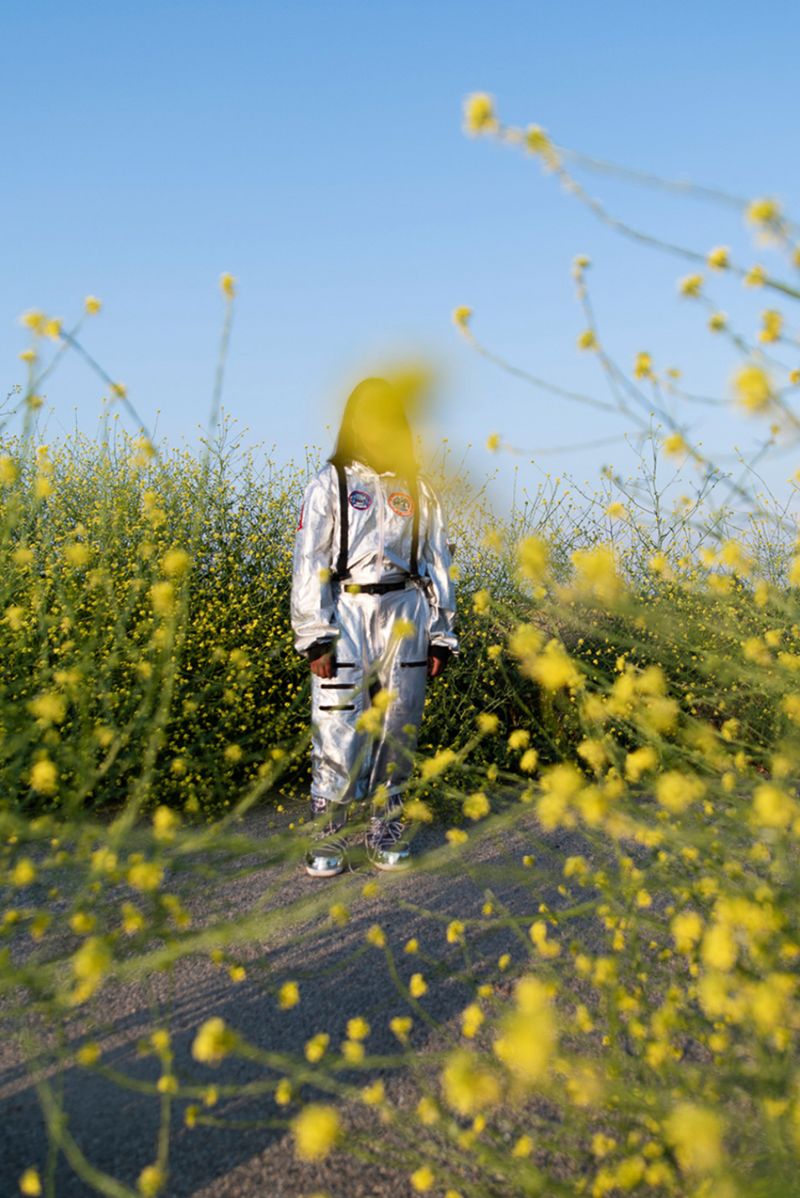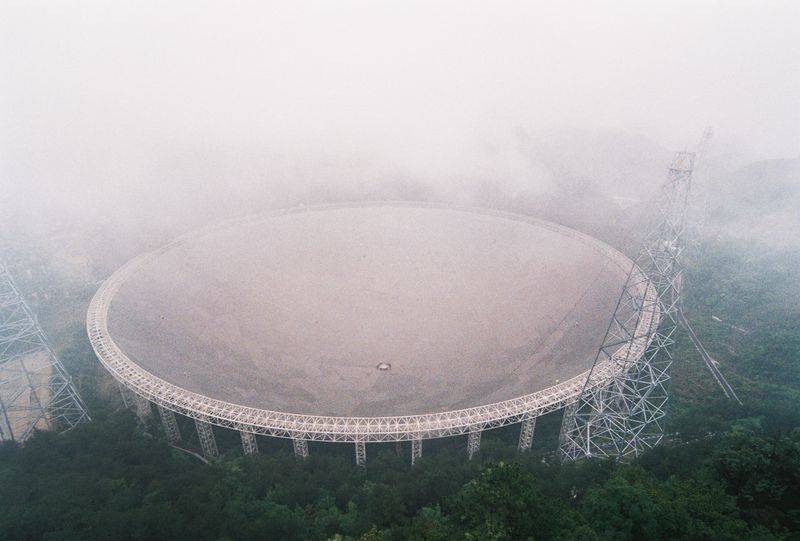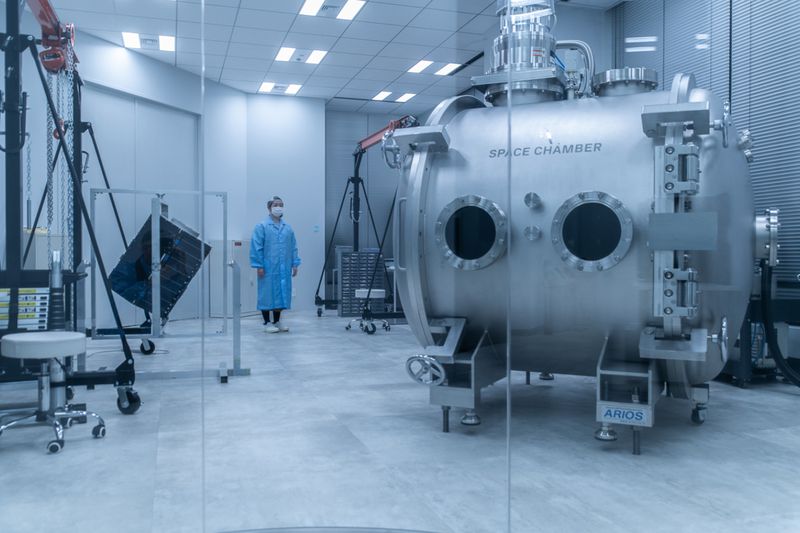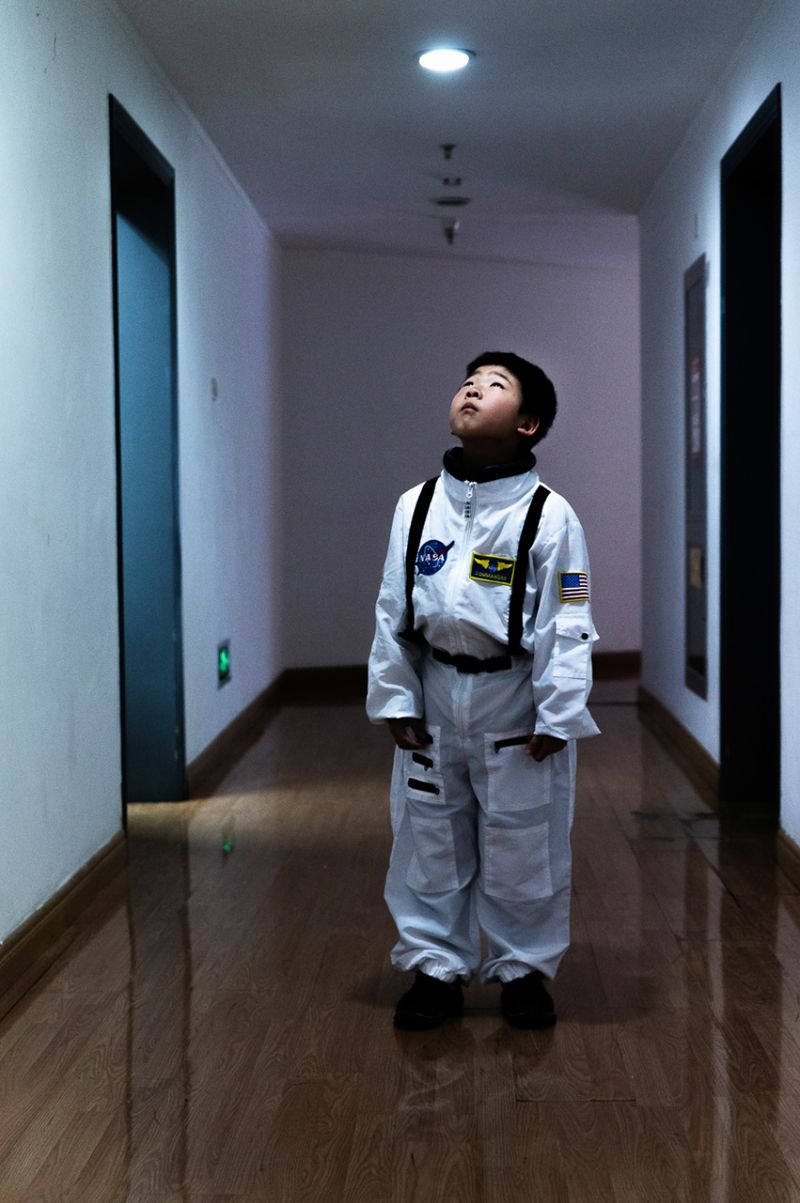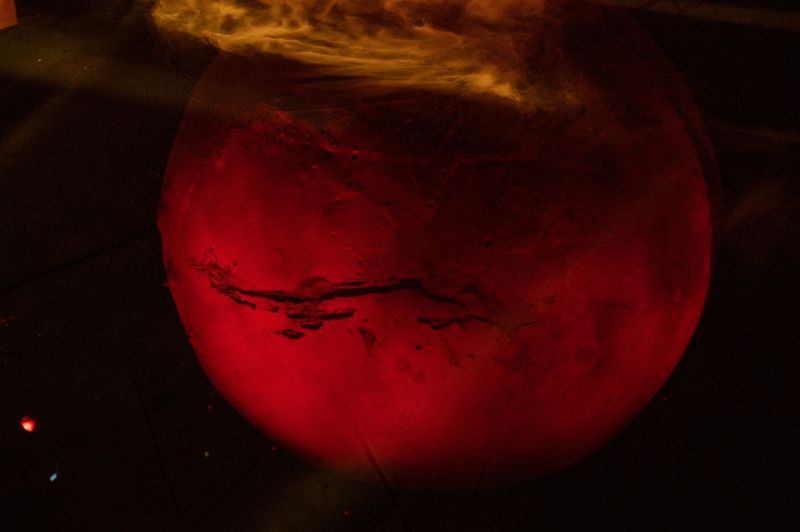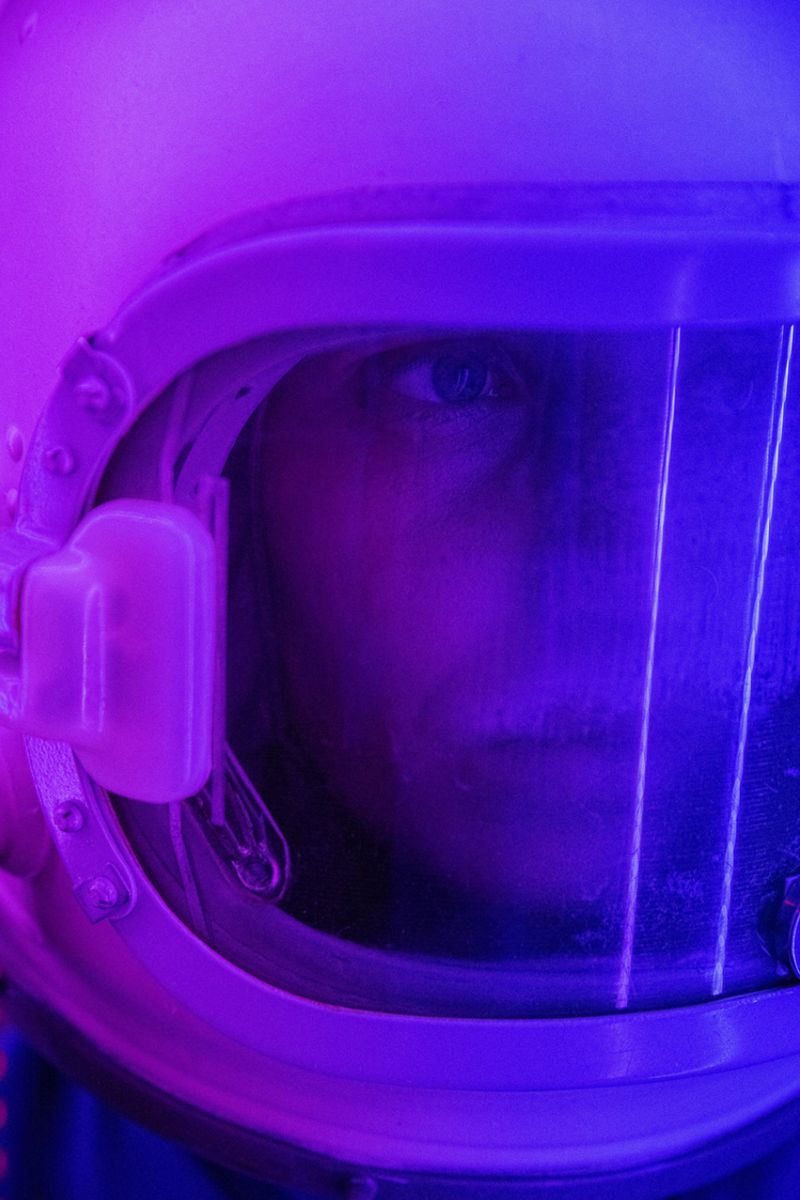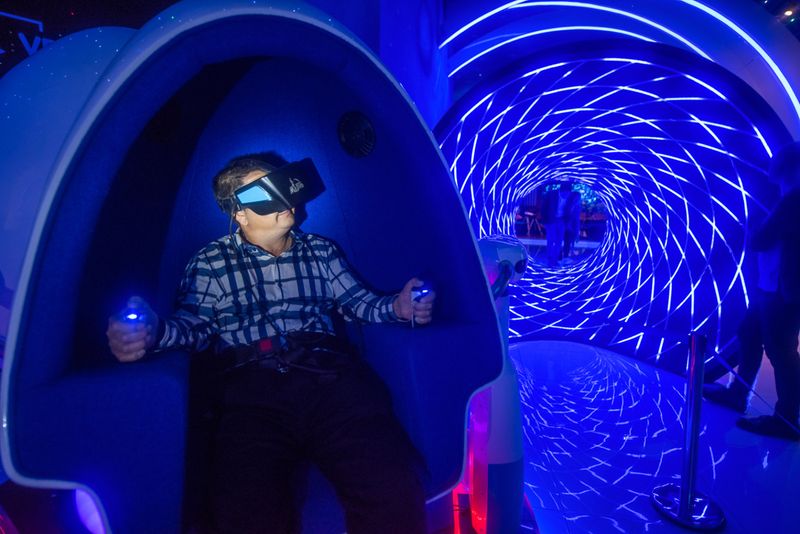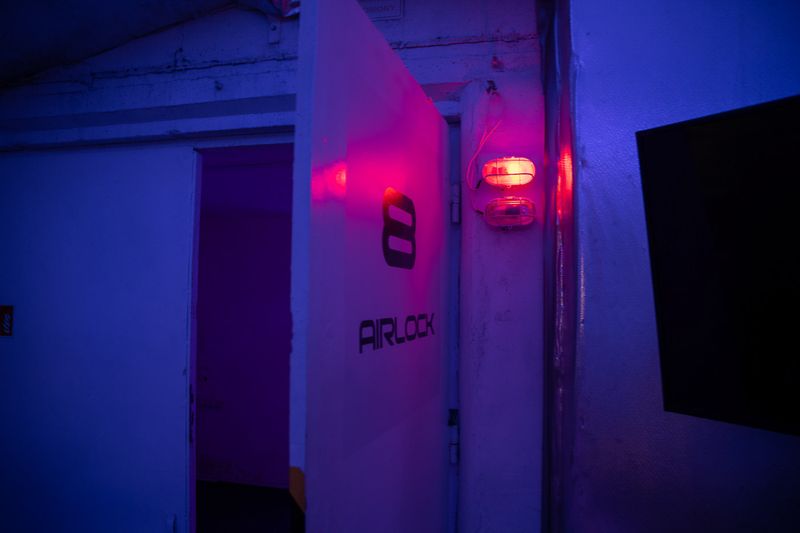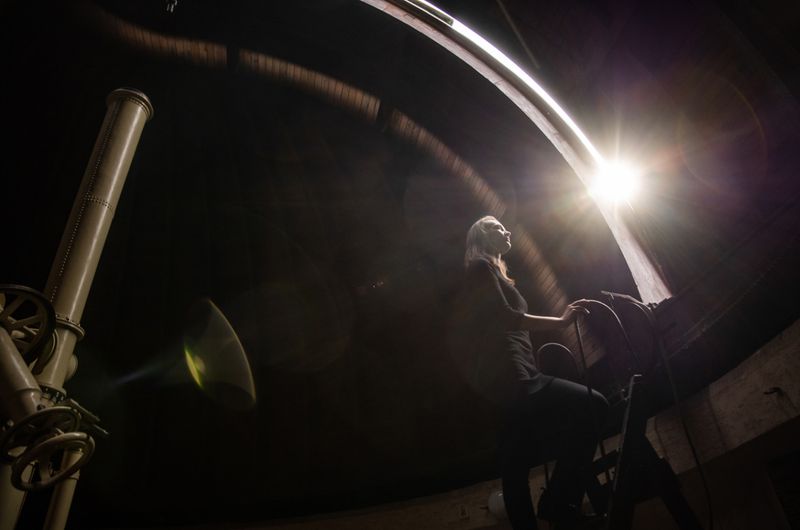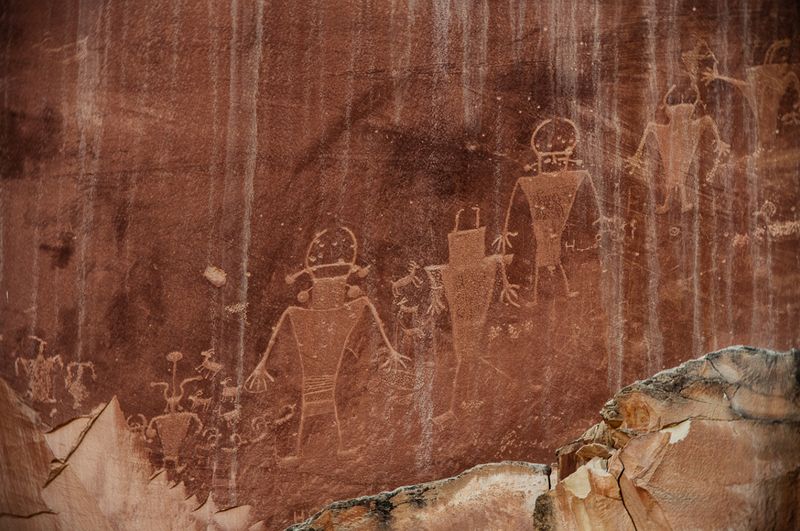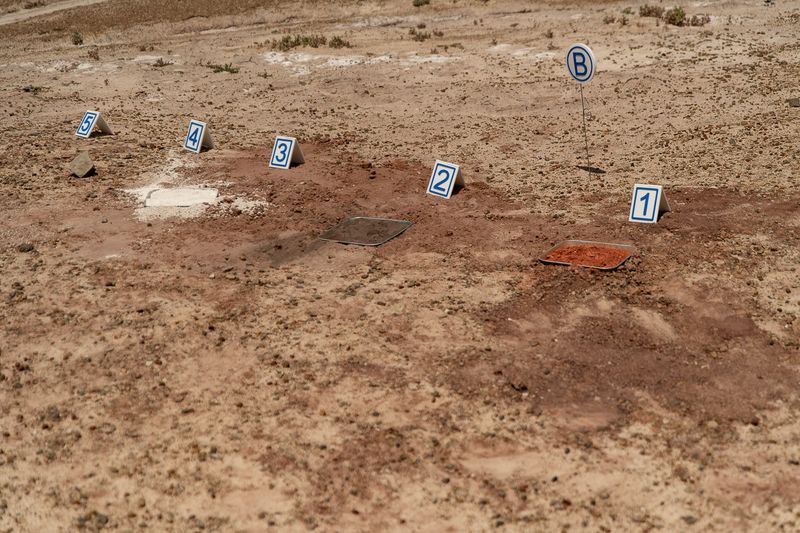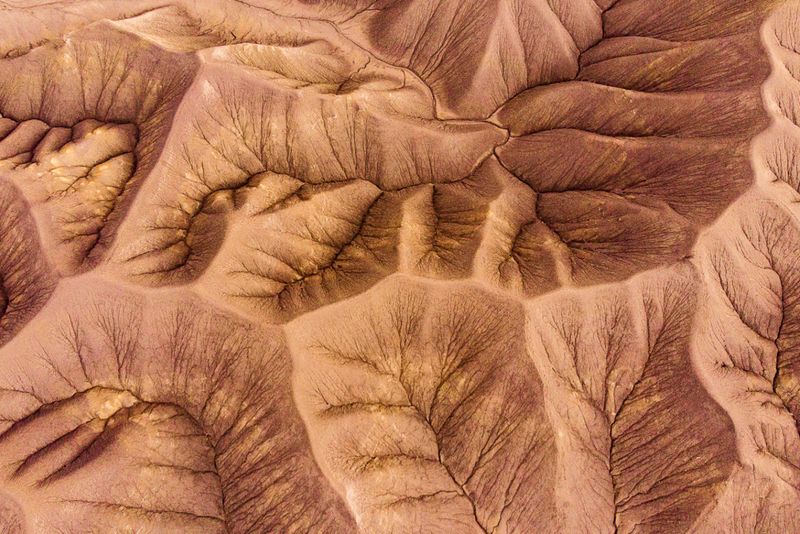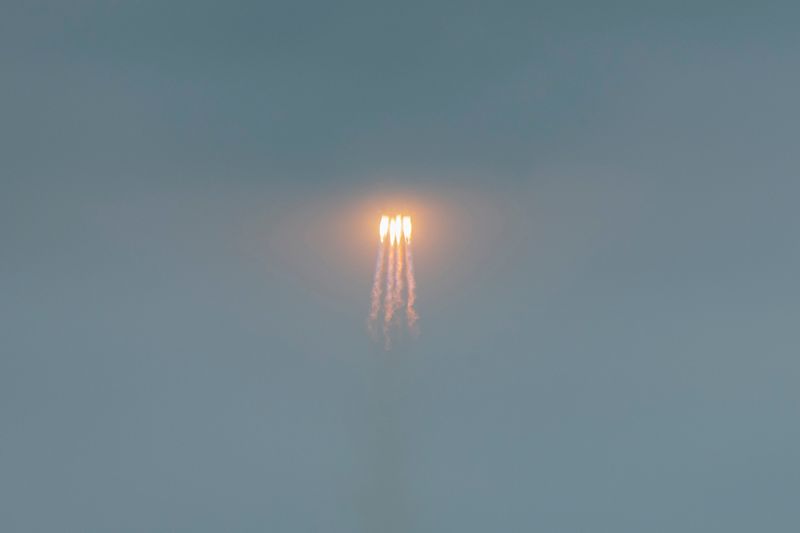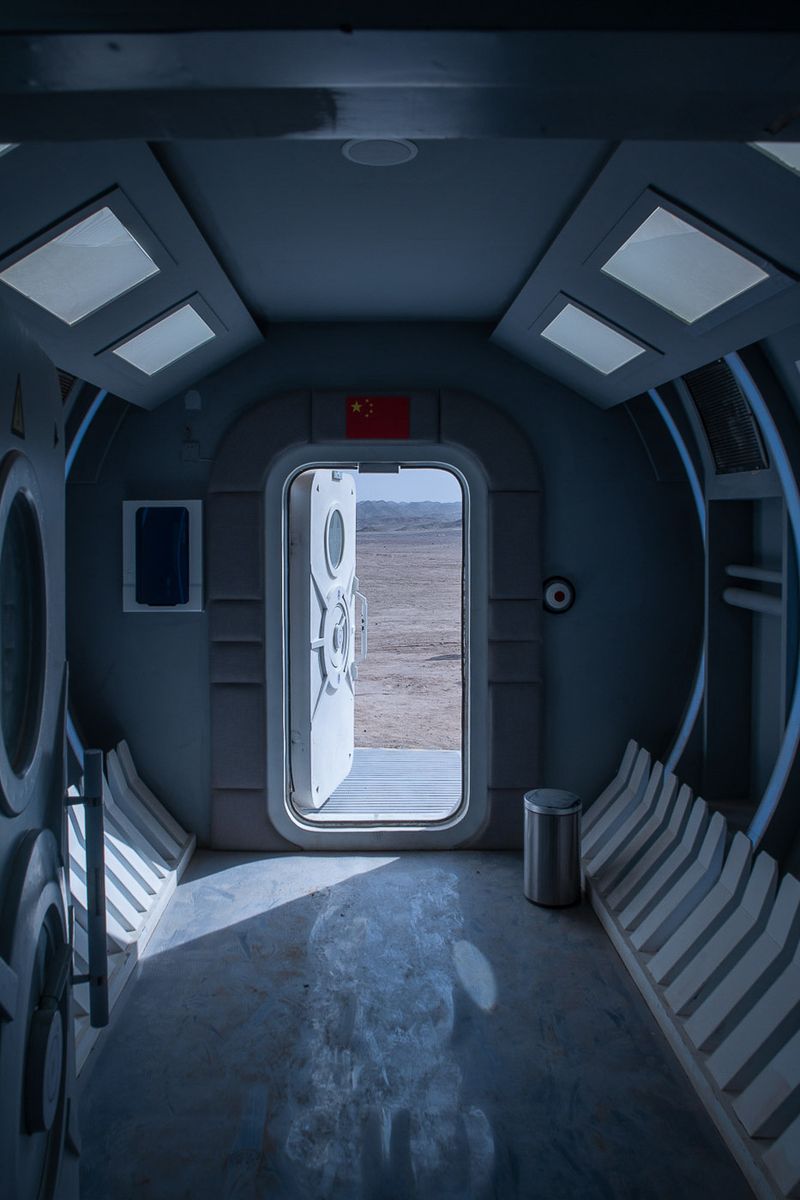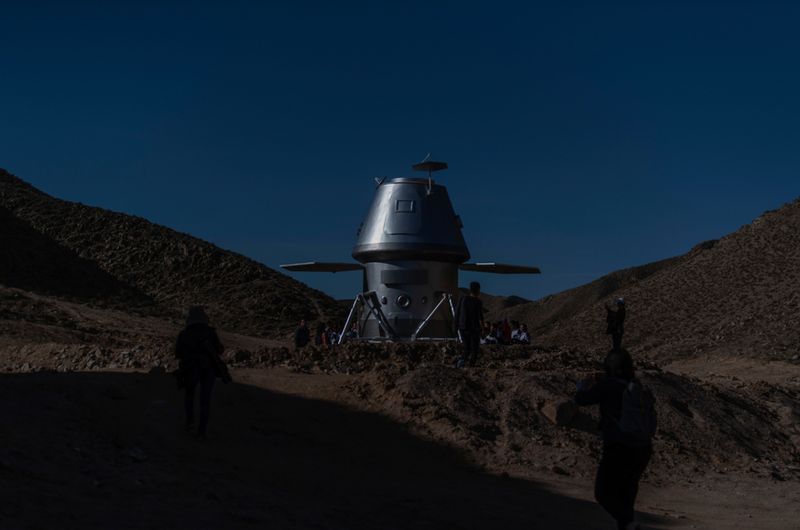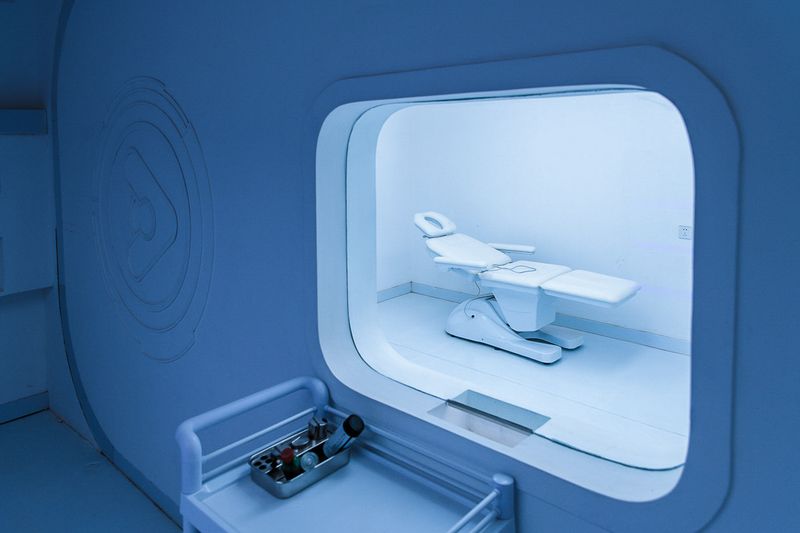Mars on Earth
-
Dates2019 - Ongoing
-
Author
- Locations Poland, United States, China, Japan
-
Recognition
Imagine how it would feel to be isolated for three years ¬without a stable internet connection, natural light, or your family, friends and favorite pet? Water is scarce, food is bland, and your life is in constant danger. This isn’t a Black Mirror episode or a nightmarish continuance of the Covid19 outbreak. Thousands of people around the world dream, obsess, and devote their lives to making this scenario possible. Their goal: for humankind to reach Mars. Last summer, a crowded field of rovers and landers from the United States, China, and the United Arab Emirates set off for Mars, taking advantage of a launch window when the planets perfectly align that comes around only once every two years. Late last year, China’s space agency successfully landed the first spacecraft on the far side of the moon, and NASA plans to once again put humans on the moon as part of a long-term strategy to reach Mars by the 2030s. During NASA’s Apollo11 flight in 1969, three male astronauts journeyed for three days before landing on the Moon. In contrast, a flight to Mars will take up to 333 days, carrying an international and mixed-gender crew of scientists on a spaceship built with an intricate array of public and private technology from the USA, Europe, South America, Australia, India, and beyond. It is a new space race, but the end result will likely be collaborative.
There are the well-known billionaire game-changers in the private space business like Elon Musk and Jeff Bezos, but this project is interested in the lesser-known, but no less dedicated, players along the journey to Mars: the idiosyncratic visionaries, often cash-strapped and working in the grey areas of the law, that are developing technologies for space travel and exploration. Around the world, interest in space is growing and for the past two years I have been closely following advancements in Mars colonization research in China, United States, Japan, India, and Europe, from Mars architects, doctors, farmers, and engineers to homemade rocket builders and multibillion dollar startups developing self-sustainable Mars habitats. I have visited C-Space, an analogue Mars base in China’s Gobi Desert, the Mars Desert Research Station in Hanksville, Utah, the Lunares Moon and Mars base in Poland, and AEL company in Tokyo that has developed a satellite that can create an artificial shooting star, among others. My current subjects include Vera Mulyani, an architect and founder of Mars City Design, and one of ten finalists in NASA’s 3D printed habitat challenge. Dr. Susan Ip-Jewell is developing an avatar that would allow a doctor on Earth to guide an astronaut through medical procedures on board a spaceship. Dr. Rober Zubrin the founder of the Mars Desert Research Station in Hanksville, Utah. Leszek Orzechowski the founder of Lunares Moon and Mars base in Poland. Ms. Lena Okajima from ALE company in Tokyo that has developed a satellite that can create an artificial shooting star and many more.



